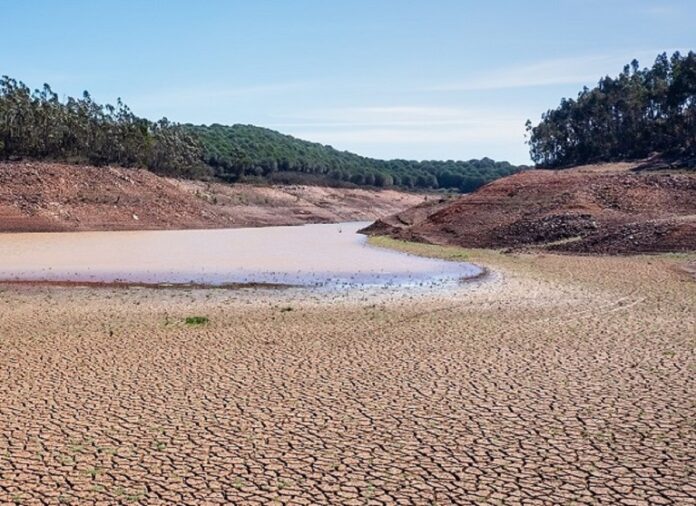The latest annual report coordinated by the World Meteorological Organization (WMO) highlights global water stress.
The authors of State of Global Water Resources, report that the year 2023 was the driest year for global rivers in over three decades. The last five consecutive years have recorded widespread below-normal conditions for river flows, with reservoir inflows following a similar pattern. The year was the hottest on record, with elevated temperatures and widespread dry conditions contributing to prolonged droughts, reducing water supplies for communities, agriculture and the environment. Global heating has also seen glaciers suffer the largest mass loss in 50 years, with 2023 marking the second consecutive year in which all regions of the world with glaciers reported ice loss.
The report finds that the year’s extreme hydrological events, including extreme flooding, were influenced by naturally occurring climate conditions – the transition from La Niña to El Niño in mid-2023 – as well as human-induced climate change which saw rising temperatures accelerating the hydrological cycle.
Recognising the challenges of these changes in an era of growing demand for water resources, WMO calls for better monitoring and data sharing, and early warning systems to tackle water-related hazards.









